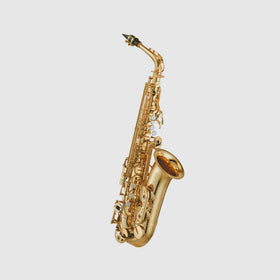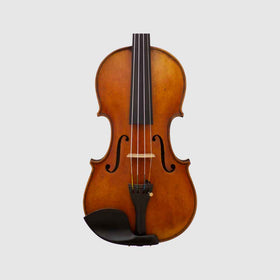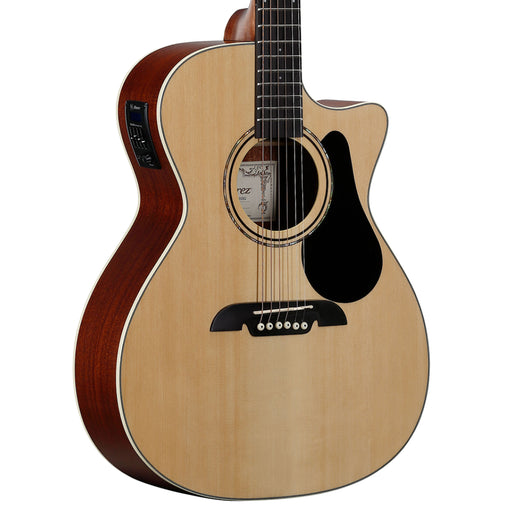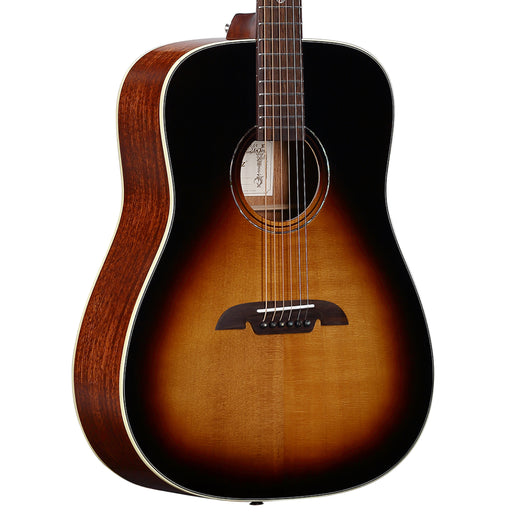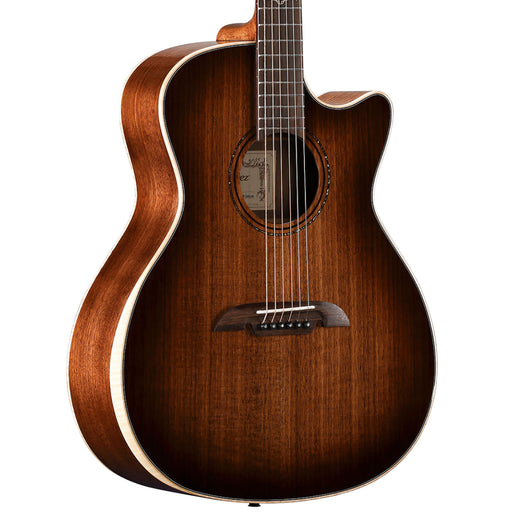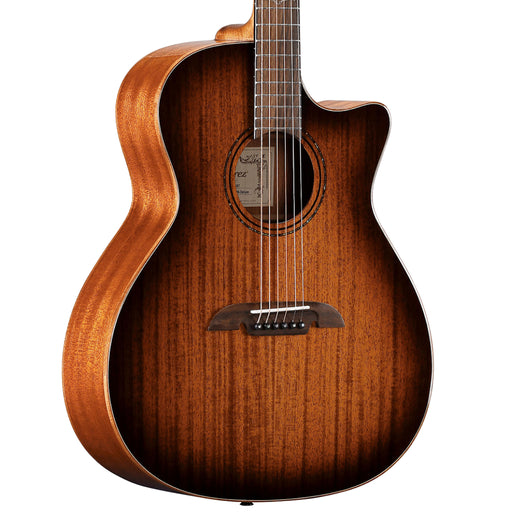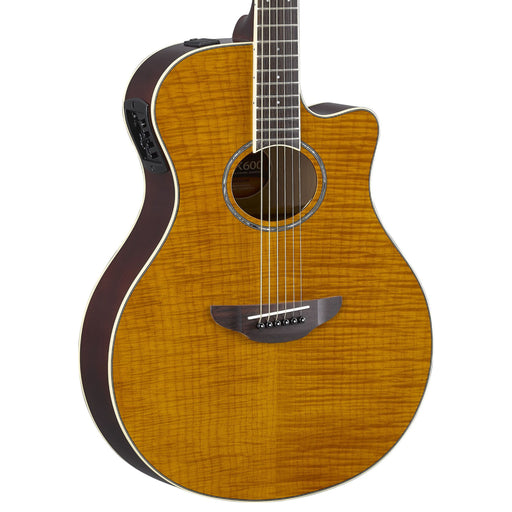
Wolf Tones
So there you are, in the middle of what should be an effective practice session, when you hear an awful warbling sound coming from your instrument. You may be inclined to think that it's you, but that's not always the case!
It could be a wolf tone in your instrument (typically found in cello and bass). A wolf tone happens when the vibration from the top of the instrument is cancelling out the vibration of the string. It has a warbling, stuttering sound that is unpleasant, to say the least. It's usually present on the same pitch; for example, on my instrument, I notice the wolf tone on my F on the D string, as well as that same F on my G and C strings. E, F, and F# are the more common notes that wolf tones are found. Now this doesn't mean that your instrument was not built correctly; many sites say that properly proportioned cellos will have a wolf tone.
A wolf tone happens when the vibration from the top of the instrument is cancelling out the vibration of the string.
Remedies
There are a few ways to remedy this problem. First, it is important to make sure that your instrument has been adjusted properly. If the sound post and bridge are not placed correctly at the proper places and heights, it can cause your wolf tone to be more noticeable. Your local luthier/technician can adjust the bridge and sound post for you. It's also a good idea to check for any open seams on your instrument. Even a tiny separation can make a huge difference! You could even try placing your rubber mute between the bridge and tailpiece as a way to diminish your wolf.
Barring that, a wolf eliminator is an effective tool that is commonly placed between the bridge and tailpiece. They come in different weights and materials, and a darker sounding instrument might require a heavier wolf eliminator. Beware, though, adding the weight on to your instrument can affect your tone! So, try to use this as a last resort! There are also wolf eliminators that must be installed by a technician/luthier to the top of the instrument or the inside.
It could be the strings
I asked around, and a local bass player recommended changing the strings. As we've said before, the strings you have on your instrument can make an enormous difference in your tone. Even a high-quality brand of strings may not jive well with your instrument, so it's good to experiment. If they've been on a while, you're probably due for a string change anyway, so try switching it up to see if that helps!
Even a high-quality brand of strings may not jive well with your instrument, so it's good to experiment.
To sum it up, getting rid of that pesky sound is a trial and error process. What works for one instrument may not work for another. If in doubt, bring it in to us at Tarpley Music, and let us help you! Your musical success is so important to us!

Backstage Pass Orchestra
3800 I-40 West, Amarillo, TX 79102
p. 806-32-5293 | f. 8063525916
Tarpley Exclusives
Alvarez Regent RG26CE-DELUXE Acoustic-Electric Guitar
AlvarezDesigned by the top AIMM Dealers in the US The Alvarez Guitars Regent Series RG26CE-Deluxe has a Sitka Spruce top with a natural, gloss finish. The...
View full detailsAlvarez Masterworks MD60EVB Acoustic-Electric Guitar
AlvarezThe MD60EVB Deluxe features carefully seasoned tonewoods that include a AAA solid Sitka cured top, solid African Mahogany back and sides, and one p...
View full detailsAlvarez Artist Elite AGW77CESHB-DELUXE Acoustic-Electric Guitar
AlvarezDesigned by the top AIMM Dealers in the US Alvarez Grand Auditorium acoustic electric guitar with cutaway and bevelled armrest. Comes with the LR B...
View full detailsAlvarez Artist AG66CESHB-DELUXE Acoustic-Electric Guitar
AlvarezDesigned by the top AIMM Dealers in the US The Artist AG66CESHB-DELUXE is a beautifully developed Grand Auditorium acoustic electric guitar with a ...
View full detailsYamaha APX600FM Acoustic-Electric Guitar
YamahaOne of the world's best-selling, acoustic-electric guitars, the APX Series thinline body combines incredible comfort, easy top-fret access and natu...
View full details
